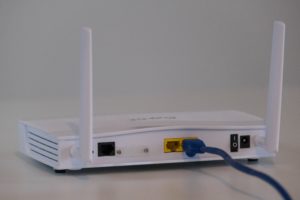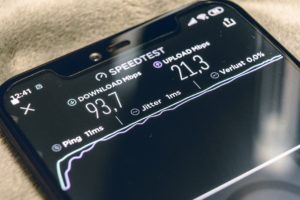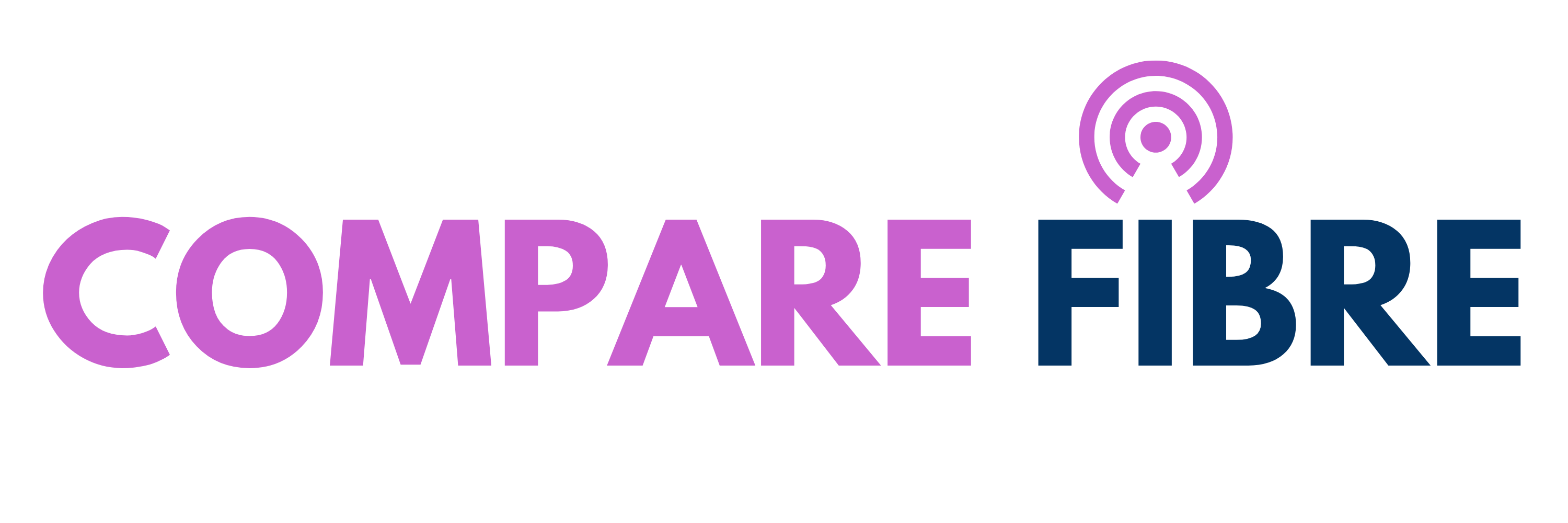A beginner's guide to setting up broadband
Acquiring a new broadband connection for your home will require some configuration before you can start using it. In this blog, we’ll explore some tips that can help you when setting up your broadband so you can enjoy easy access to the internet from your devices. Read on to find out more.
Find the best place for your router
Position your router off the ground and near the port that will provide internet service for your home. This could be a phone or cable outlet or close to a window if you are using satellite internet. Placing your router higher up can help improve the signal.
You should never hide your router away inside a cupboard or drawer out of sight as this can negatively impact performance. Try and keep a clear path between your router and the devices you wish to connect. If you want to connect a computer or TV to one of your ethernet ports instead of Wi-Fi, placing the router close to the device can be beneficial.
The router will also need a power socket to work, so make sure one is close by.

Connect the router to Wi-Fi
Connect the fibre optic, cable, or phone port of your router to the correct outlet in your home using the connection lead supplied. Then use the power adapter included to connect your router to a power socket nearby.
Once the router is powered on, you will see the internet light illuminate. In some cases, you might need to contact your internet service provider to confirm that they can now connect to your router and that it’s got an active internet connection.
Connect your devices to the router
Devices can be connected using a wired connection or via Wi-Fi. For a wired connection, simply use an ethernet cable to plug your computer or another piece of equipment directly into the router. If you would like to access your broadband using a wireless connection, select the wireless icon on your device’s display.
All available connections will be shown – locate the name of your broadband network and click connect. You will then be prompted to enter the unique network password issued to you by your provider. Now, each time you switch on your devices, they will be automatically connected to the internet and ready to use.
How to test your new broadband
To make sure that you are receiving the correct upload and download speeds promised by the provider, you should always run a check. You will find that your provider and many broadband comparison sites will offer a free speed test tool that you can use to assess your setup’s performance.

Finally, if you experience any difficulties in setting up your router or connection to the internet, always consult your broadband provider. If you are not happy with the quality of your service, or if speeds do not match those promised, you have 14 days to cancel your order and can search for other fibre broadband deals online that can deliver what they claim.
